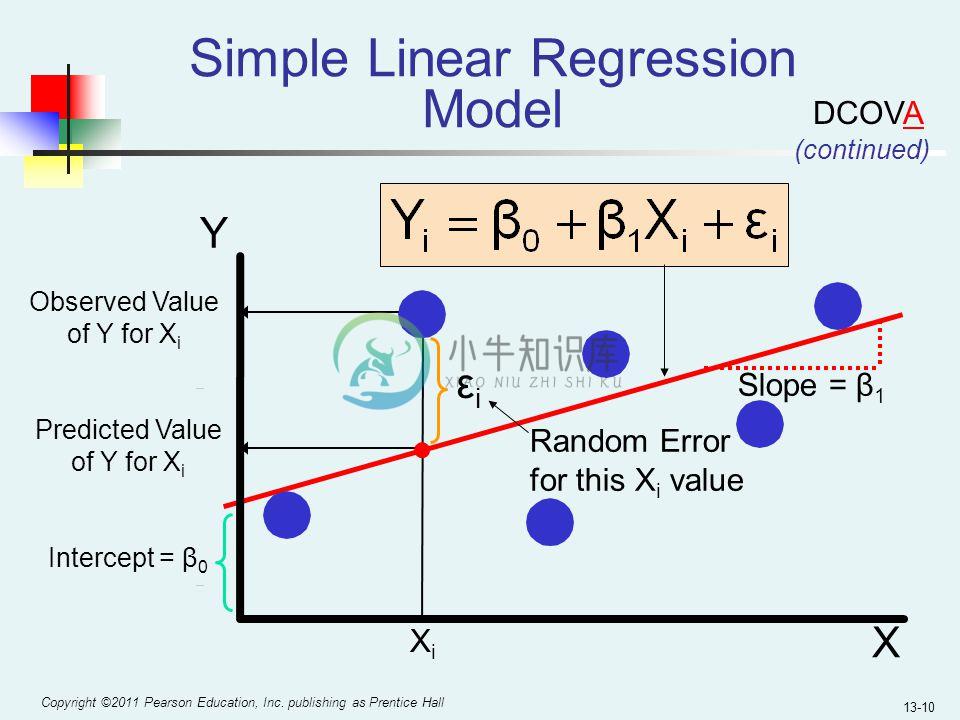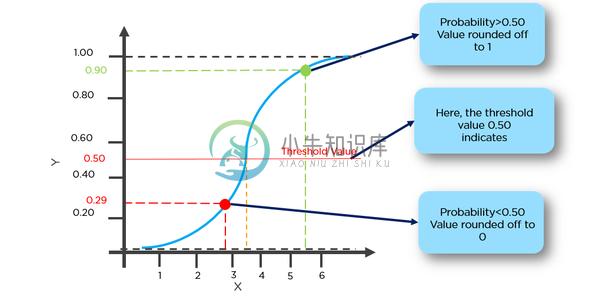Python Machine Learning Jupyter Notebooks (ML website)
Dr. Tirthajyoti Sarkar, Fremont, California (Please feel free to connect on LinkedIn here)
Also check out these super-useful Repos that I curated
Highly cited and useful papers related to machine learning, deep learning, AI, game theory, reinforcement learning
Carefully curated resource links for data science in one place
Requirements
- Python 3.6+
- NumPy (
pip install numpy) - Pandas (
pip install pandas) - Scikit-learn (
pip install scikit-learn) - SciPy (
pip install scipy) - Statsmodels (
pip install statsmodels) - MatplotLib (
pip install matplotlib) - Seaborn (
pip install seaborn) - Sympy (
pip install sympy) - Flask (
pip install flask) - WTForms (
pip install wtforms) - Tensorflow (
pip install tensorflow>=1.15) - Keras (
pip install keras) - pdpipe (
pip install pdpipe)
You can start with this article that I wrote in Heartbeat magazine (on Medium platform):
"Some Essential Hacks and Tricks for Machine Learning with Python"
Essential tutorial-type notebooks on Pandas and Numpy
Jupyter notebooks covering a wide range of functions and operations on the topics of NumPy, Pandans, Seaborn, Matplotlib etc.
- Detailed Numpy operations
- Detailed Pandas operations
- Numpy and Pandas quick basics
- Matplotlib and Seaborn quick basics
- Advanced Pandas operations
- How to read various data sources
- PDF reading and table processing demo
- How fast are Numpy operations compared to pure Python code? (Read my article on Medium related to this topic)
- Fast reading from Numpy using .npy file format (Read my article on Medium on this topic)
Tutorial-type notebooks covering regression, classification, clustering, dimensionality reduction, and some basic neural network algorithms
Regression
- Simple linear regression with t-statistic generation
Multiple ways to perform linear regression in Python and their speed comparison (check the article I wrote on freeCodeCamp)
Polynomial regression using scikit-learn pipeline feature (check the article I wrote on Towards Data Science)
Decision trees and Random Forest regression (showing how the Random Forest works as a robust/regularized meta-estimator rejecting overfitting)
Detailed visual analytics and goodness-of-fit diagnostic tests for a linear regression problem
Robust linear regression using
HuberRegressorfrom Scikit-learn
Classification
- Logistic regression/classification (Here is the Notebook)
k-nearest neighbor classification (Here is the Notebook)
Decision trees and Random Forest Classification (Here is the Notebook)
Support vector machine classification (Here is the Notebook) (check the article I wrote in Towards Data Science on SVM and sorting algorithm)
- Naive Bayes classification (Here is the Notebook)
Clustering
K-means clustering (Here is the Notebook)
Affinity propagation (showing its time complexity and the effect of damping factor) (Here is the Notebook)
Mean-shift technique (showing its time complexity and the effect of noise on cluster discovery) (Here is the Notebook)
DBSCAN (showing how it can generically detect areas of high density irrespective of cluster shapes, which the k-means fails to do) (Here is the Notebook)
Hierarchical clustering with Dendograms showing how to choose optimal number of clusters (Here is the Notebook)
Dimensionality reduction
- Principal component analysis
Deep Learning/Neural Network
- Demo notebook to illustrate the superiority of deep neural network for complex nonlinear function approximation task
- Step-by-step building of 1-hidden-layer and 2-hidden-layer dense network using basic TensorFlow methods
Random data generation using symbolic expressions
How to use Sympy package to generate random datasets using symbolic mathematical expressions.
Here is my article on Medium on this topic: Random regression and classification problem generation with symbolic expression
Synthetic data generation techniques
Simple deployment examples (serving ML models on web API)
Serving a linear regression model through a simple HTTP server interface. User needs to request predictions by executing a Python script. Uses
FlaskandGunicorn.Serving a recurrent neural network (RNN) through a HTTP webpage, complete with a web form, where users can input parameters and click a button to generate text based on the pre-trained RNN model. Uses
Flask,Jinja,Keras/TensorFlow,WTForms.
Object-oriented programming with machine learning
Implementing some of the core OOP principles in a machine learning context by building your own Scikit-learn-like estimator, and making it better.
See my articles on Medium on this topic.
- Object-oriented programming for data scientists: Build your ML estimator
- How a simple mix of object-oriented programming can sharpen your deep learning prototype
Unit testing ML code with Pytest
Check the files and detailed instructions in the Pytest directory to understand how one should write unit testing code/module for machine learning models
-
Machine Learning with Python Cookbook 学习笔记 目录 前言 本笔记是针对人工智能典型算法的课程中Machine Learning with Python Cookbook的学习笔记 学习的实战代码都放在代码压缩包中 实战代码的运行环境是python3.9 numpy 1.23.1 anaconda 4.12.0 代码仓库 Github:yy6768/Machi
-
Chapter 5. Handling Categorical Data 本笔记是针对人工智能典型算法的课程中Machine Learning with Python Cookbook的学习笔记 学习的实战代码都放在代码压缩包中 实战代码的运行环境是python3.9 numpy 1.23.1 上一章:(89条消息) Machine Learning with Python Cookbook 学习
-
Chapter 4: Advanced Features - Feature Engineering and Selection %pylab inline import pandas as pd import numpy as np import matplotlib.pyplot as plt titanic = pd.read_csv('data/titanic.csv') print
-
2.3.1样本数据集 --代码bug及修改意见 import matplotlib.pyplot as plt import mglearn X,y=mglearn.datasets.make_forge() mglearn.discrete_scatter(X[:,0],X[:,1],y) plt.legend(["class 0","class 1"],loc=4) plt.xlabel("f
-
机器学习,如今最令人振奋的计算机领域之一。看看那些大公司,Google、Facebook、Apple、Amazon早已展开了一场关于机器学习的军备竞赛。从手机上的语音助手、垃圾邮件过滤到逛淘宝时的物品推荐,无一不用到机器学习技术。 如果你对机器学习感兴趣,甚至是想从事相关职业,那么这本书非常适合作为你的第一本机器学习资料。市面上大部分的机器学习书籍要么是告诉你如何推导模型公式要么就是如何代码实现模
-
Python基础语法 第一次学习机器学习,因为需要Python和C++,先做一些Python,因为Python入门快。 数据类型 1.1 实数 1111 #int型 1111 3.14 #float型 3.14 2 + 4j #复数 (2+4j) 1.2字符串 "i love your" 'i love your' #' or"功能一样 1.3bool类型 y = 1 >
-
Tensorflow 如果您目前正在使用Python进行机器学习项目,那么您可能已经听说过这个流行的开源库,称为Tensorflow。该库是由谷歌与Brain Team合作开发的。Tensorflow几乎用于所有Google应用程序,用于机器学习。您正在使用Tensorflow间接应用程序,如Google语音搜索或Google照片是使用此库开发的模型。 Tensorflow的工作方式类似于编写涉及
-
我们分析了GitHub上的前20名Python机器学习项目,发现scikit-Learn,PyLearn2和NuPic是贡献最积极的项目。让我们一起在Github上探索这些流行的项目! Scikit-learn:Scikit-learn 是基于Scipy为机器学习建造的的一个Python模块,他的特色就是多样化的分类,回归和聚类的算法包括支持向量机,逻辑回归,朴素贝叶斯分类器,随机森林,Gra
-
[RubyNLP |RubyDataScience |RubyInterop] Awesome Machine Learning with Ruby Curated List of Ruby Machine Learning Links and Resources Machine Learning is a field of Computational Science -often nested
-
Practical Machine Learning with Python A Problem-Solver's Guide to Building Real-World Intelligent Systems "Data is the new oil" is a saying which you must have heard by now along with the huge intere
-
学习意味着通过学习或经验获得知识或技能。 基于此,我们可以定义机器学习(ML)如下 - 它可以被定义为计算机科学领域,更具体地说是人工智能的应用,其为计算机系统提供了学习数据和从经验改进而无需明确编程的能力。 基本上,机器学习的主要焦点是允许计算机自动学习而无需人为干预。 现在问题是如何开始和完成这种学习? 它可以从数据的观察开始。 数据可以是一些示例,指令或一些直接经验。 然后在此输入的基础上,
-
Machine Learning This project provides a web-interface,as well as a programmatic-apifor various machine learning algorithms. Supported algorithms: Support Vector Machine (SVM) Support Vector Regressio
-
深度学习 我们可以在Personal Computer上完成庞大的任务 深度学习是一种适应于各类问题的万能药 神经网络 神经网络出现于80年代,但当时计算机运行慢,数据集很小,神经网络不适用 现在神经网络回来了,因为能够进行GPU计算,可用使用的数据集也变大 分类 分类的一些讨论可以在这个项目里看到 Machine Learning不仅是Classification!但分类是机器学习的核心。 学会
-
Machine Learning Projects This repository contains mini projects in machine learning with jupyter notebook files.Go to the projects folder and see the readme for detailed instructions about the projec








